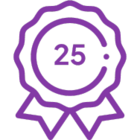For the sliding panel, is there a way to make a panel show when a page loads, and then give the user the option to close the panel later?
Use case:
- Display Chatter feed every time a user refreshes a page so that they’re consistently using it
- Give the user the ability to hide it after the load to free up screen space




